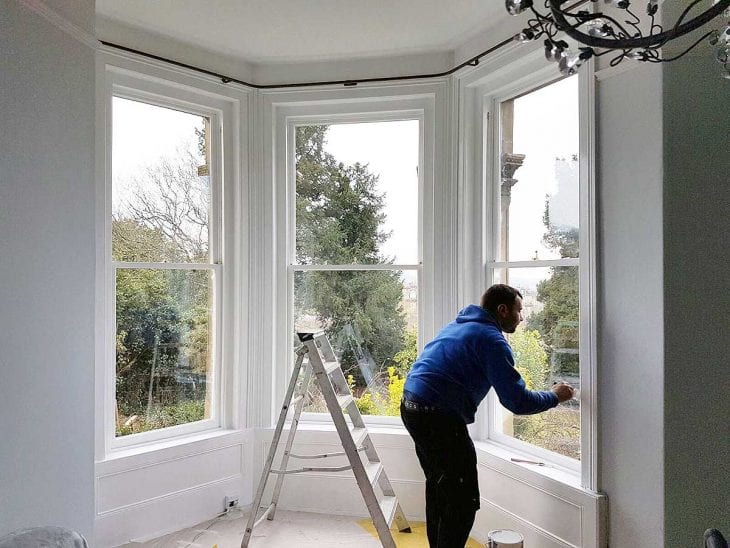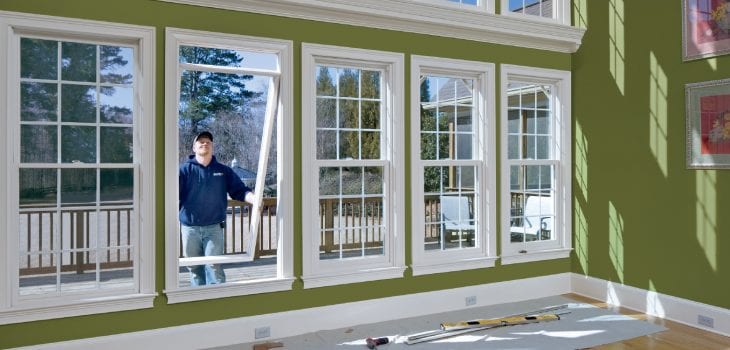Now, if you are in UK citizen and you are living in a listed building, consider yourself lucky. There are thousands of people who would like to have such a privilege as living in a listed building has numerous benefits. First and foremost, given the fact that listed building is of National Heritage, you can feel like you are being a part of Great Britain’s history as well and enjoy the atmosphere of the old Victorian era. On the other hand, people will respect you more once they hear you are living in a listed building whether it is Grade I, Grade II or Grade III.
Still, living in a listed building comes with a number of additional responsibilities as well especially if you are living in Grade I (2.5% of listed buildings are in Grade I). On the other hand, if you are living in a Grade II where around 5.5% of listed buildings are, it is not as strict as Grade I but you still have to get consent for most of the maintenance and upkeep work. If you think it is time to replace your sash windows it might not be as easy as if you were living in a nonlisted building – given the national interest you will have to ask for additional consent of local council, and they will then bring an expert to see if the window can be repaired or it has to be replaced.

Img source: squarespace.com
Without further ado, let’s go ahead and take a look at the few steps of the consent process.
How To Get A Sash Windows Replacement Consent
1. You have to be aware that it is much more likely that you get approved if you are living in a Grade III listed building than in Grade I or Grade II. Before making an application, call in an expert and figure out if the windows could be restored leaving the original glass and frame on. The service like Pembroke and Nash Listed Buildings do both the restoration and replacement and you have a much higher chance of getting accepted if you are not replacing the whole original window.
2. Okay, there are few things you need to consider when filling in a consent application. First and foremost, we recommend that you are 100% honest. If some windows could be restored or are still in good shape – mention that and say that only the windows that are close to a complete failure should be carefully replaced. You should make it clear that you wouldn’t ask for consent if it was not really necessary. Now, along with that, you need a strong claim to support your case – why do you want to replace your windows? Suggest that it is the best strategy in the long term because the windows are already at a point of major rot and decay; along with that, if the windows were previously replaced you can suggest that replacing this time may allow the building to restore its original look.

Img source: illinoishomepage.biz
3. Along with that, be sure to note that you will be working with an expert service such as Pembroke and Nash Listed Buildings who know how to replace the windows and still achieve the looks of the wanted period. They are familiar with adequate material, double glazing, and single glazing techniques.
4. Last but not least, provide the local council with a CAD drawing scheme that will allow them to get an idea on how close the replaced windows will be to the original ones.
Summary
While your chances of getting accepted when living in a listed building Grade I may not be that high you should still try, and with proper application, your chances certainly are much better. Remember, every case is for itself so don’t get discouraged if others didn’t have success at it – follow the tips listed above, figure out a good claim, be honest and hope for the best. Good luck!
